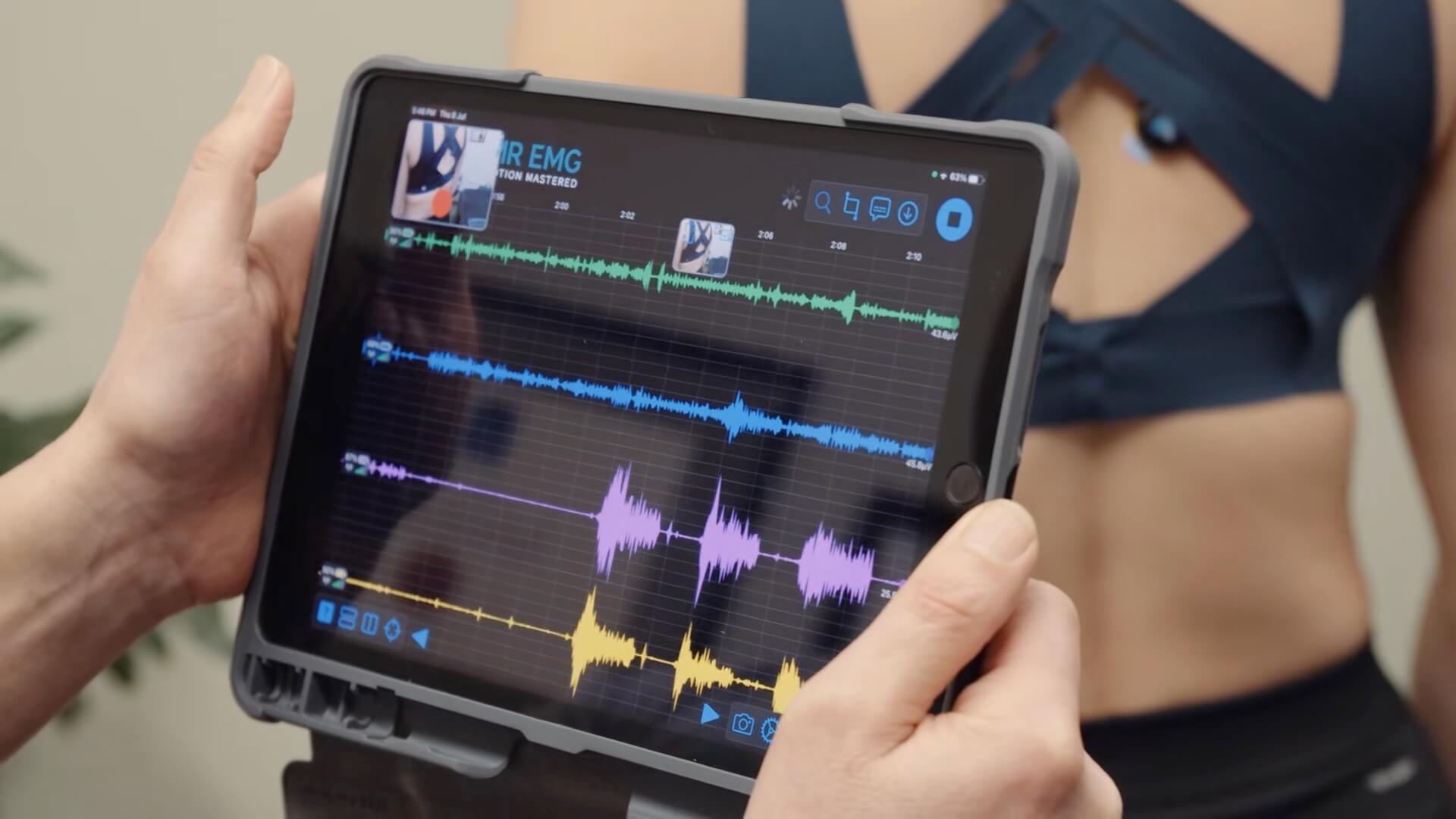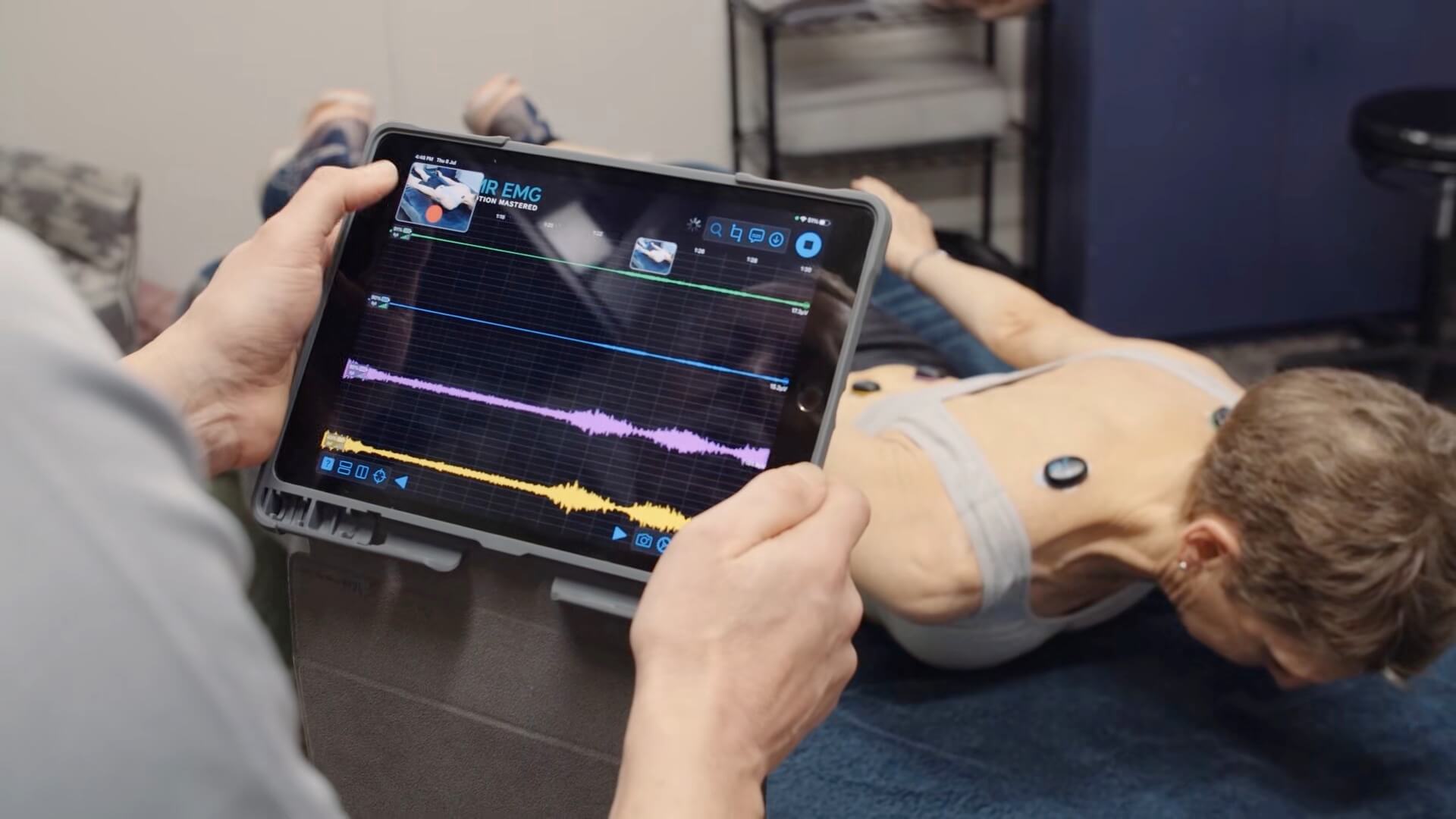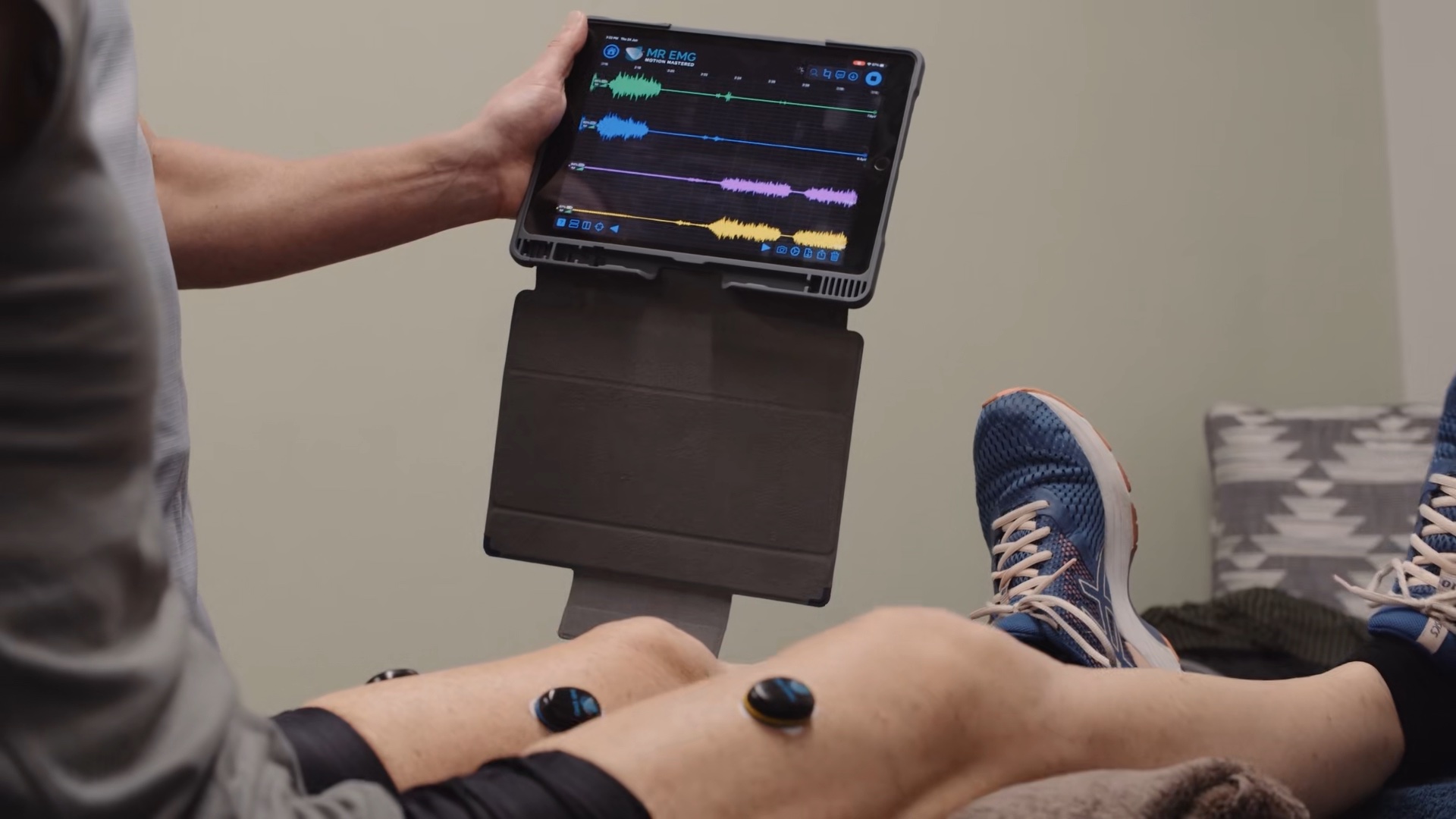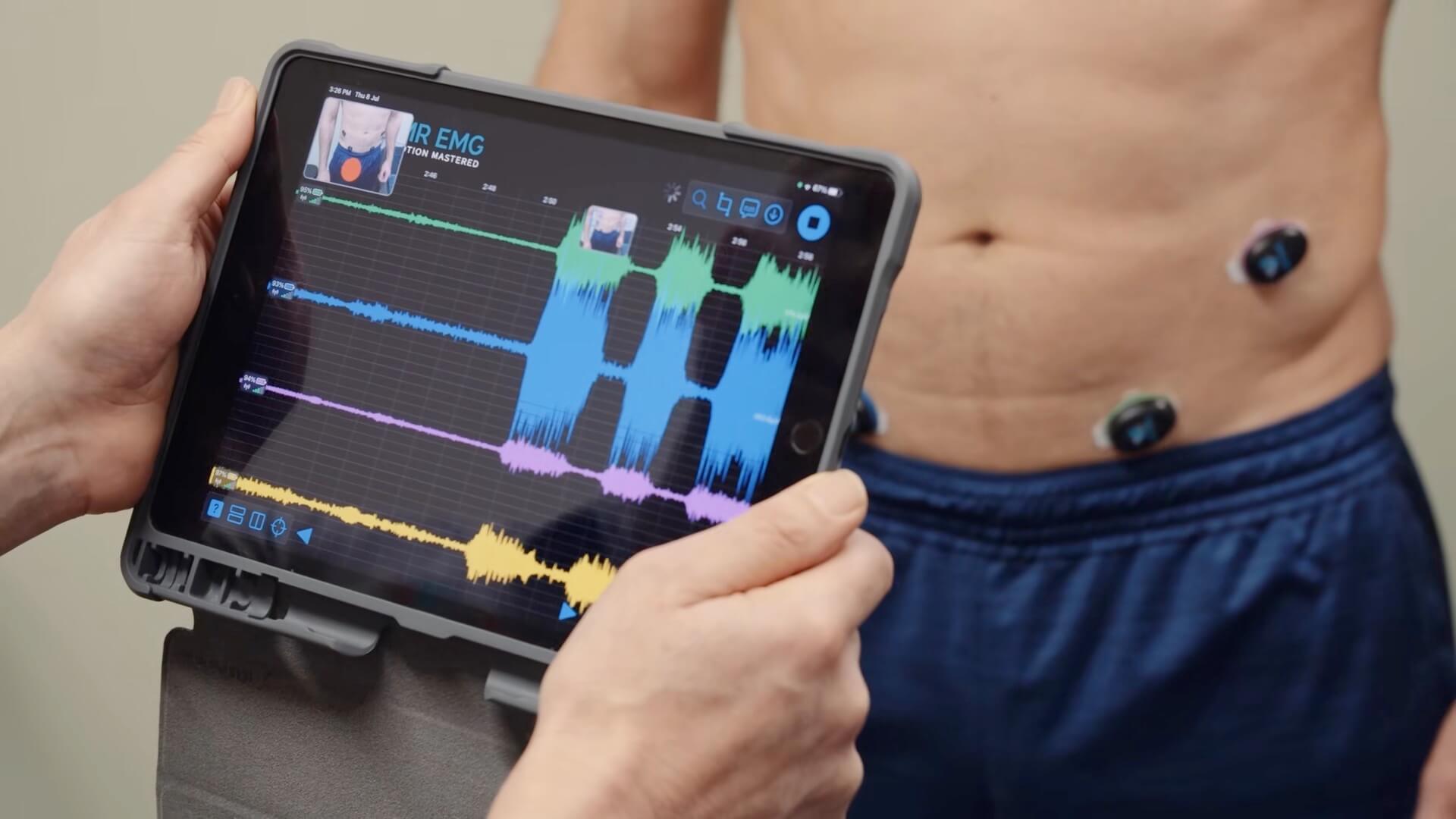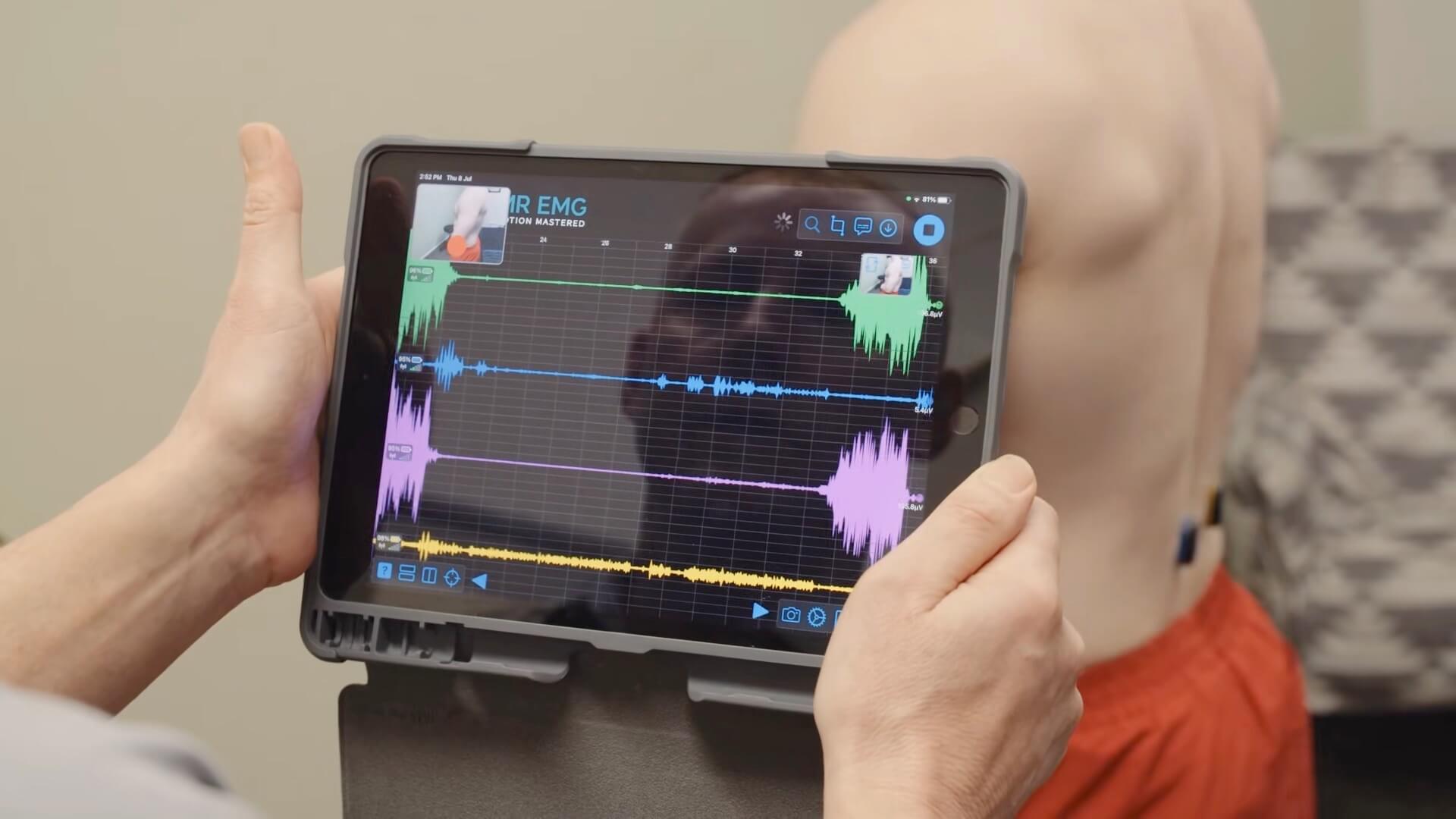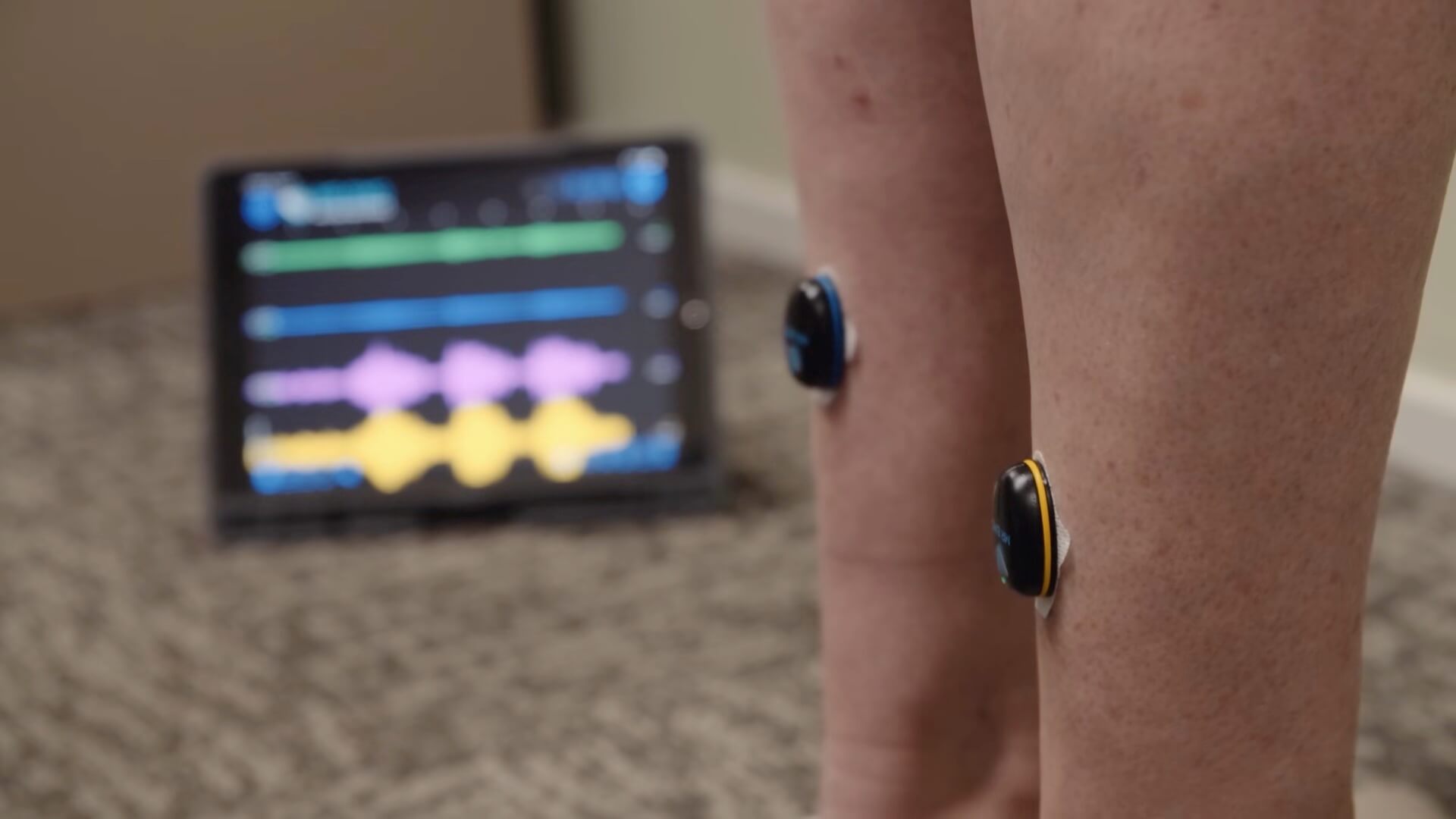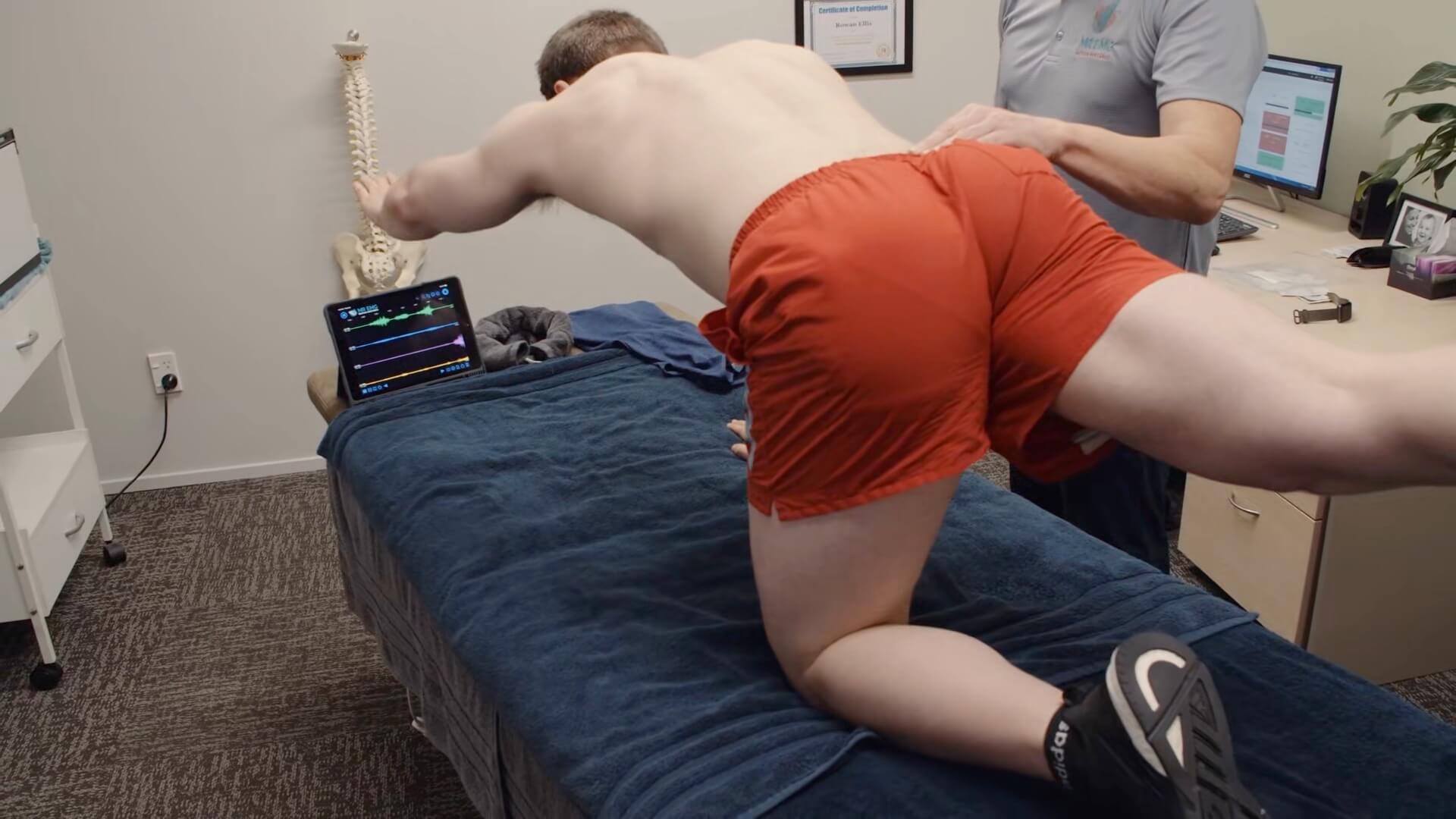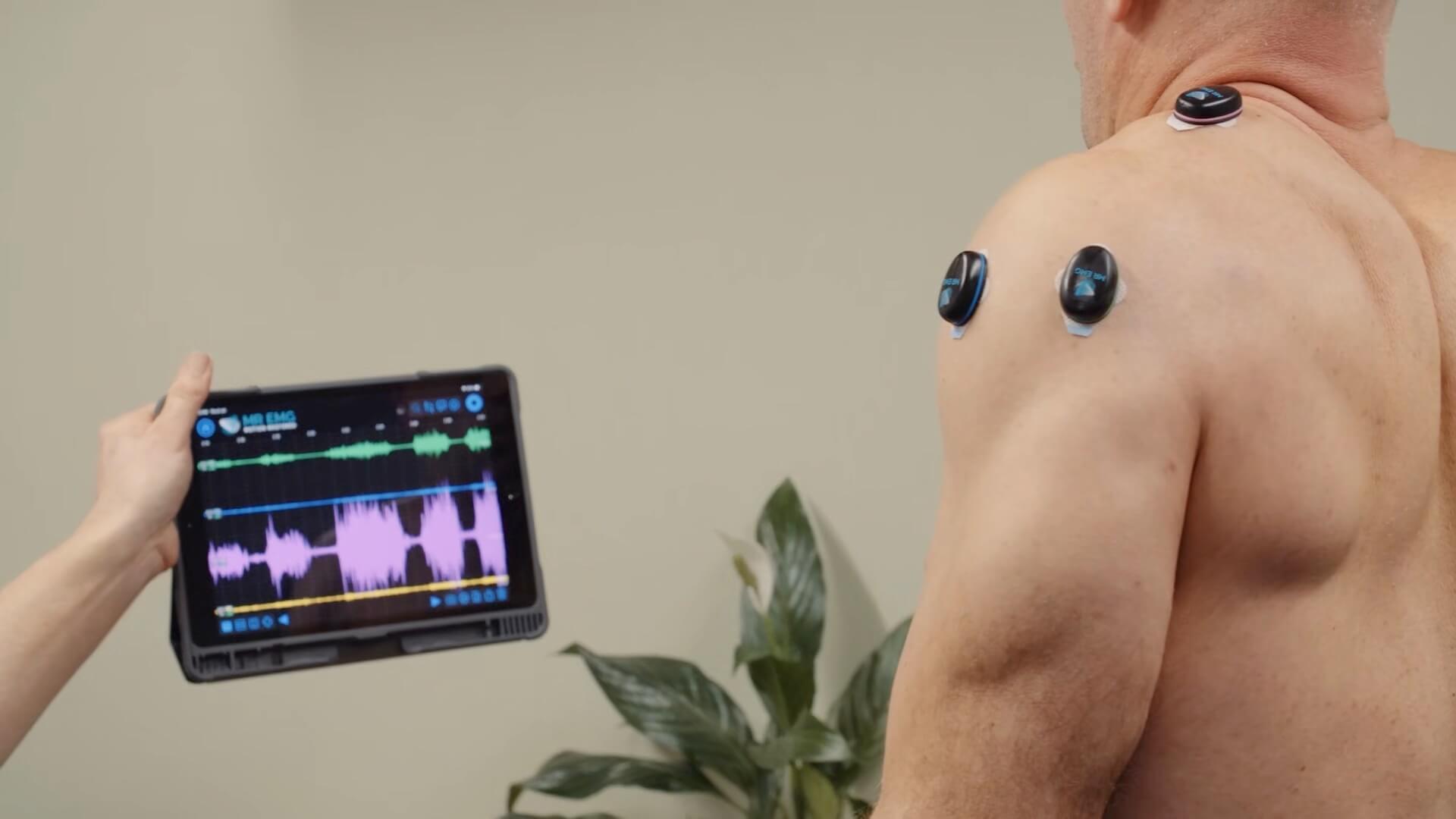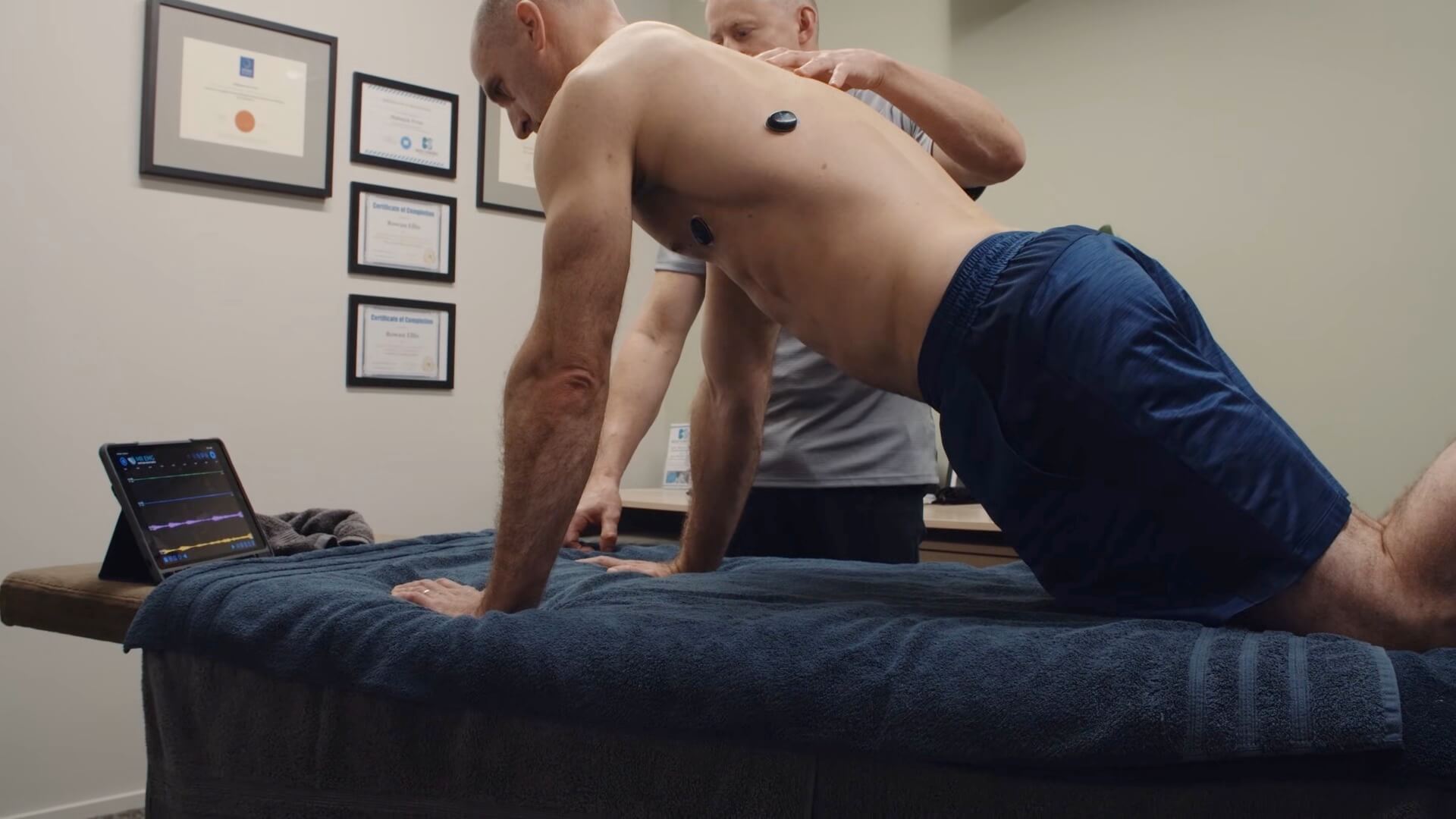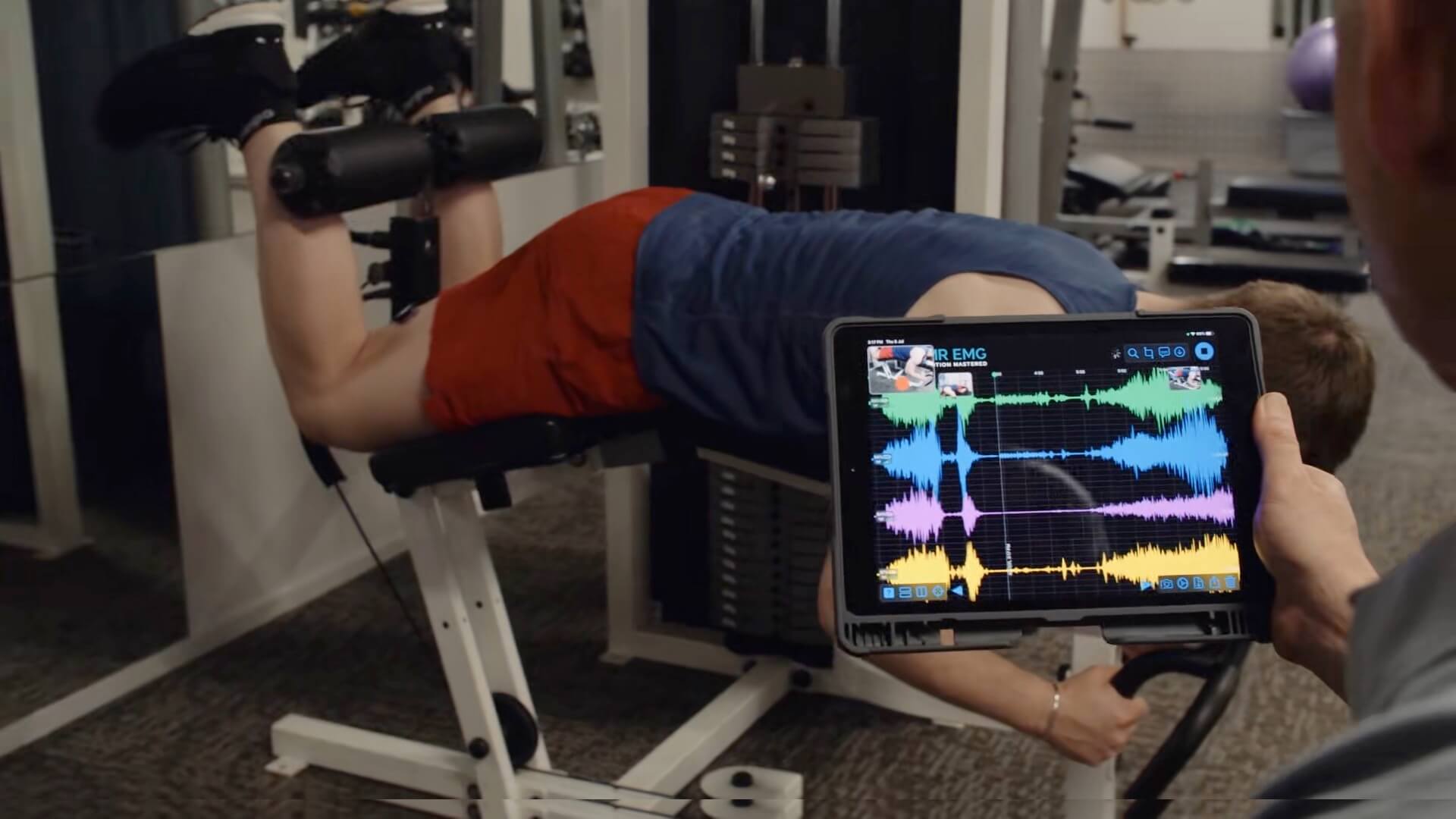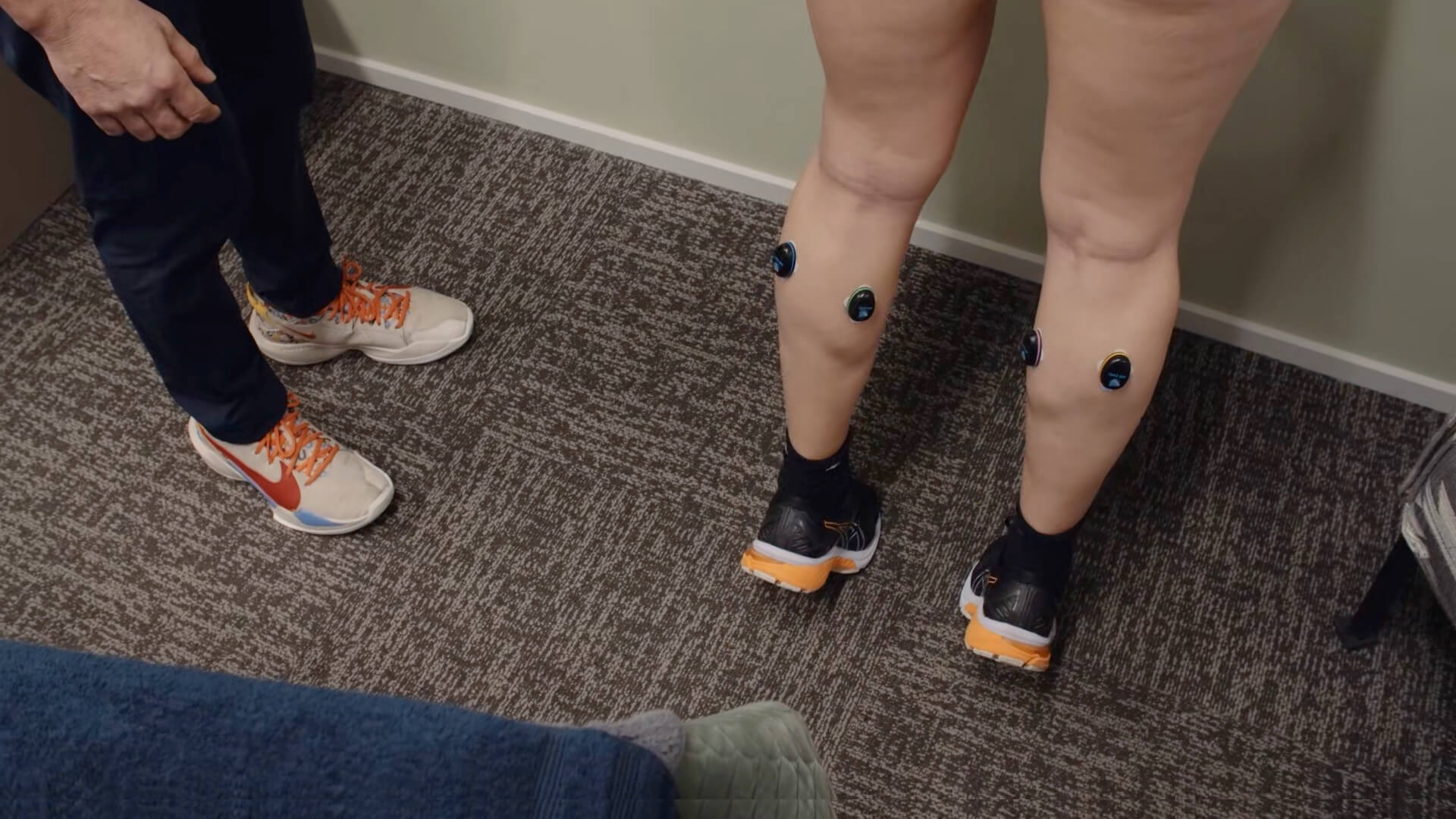Shoulder Assessment
This video shows how to use MR EMG to assess a subject's shoulder; here, we assess the lateral and read Deltoids, the upper Trapezius and Pec major muscles. We assess their neural drive, excitement levels, awareness, and activities that may be a source of muscular pain or part of their prescribed rehabilitation.
